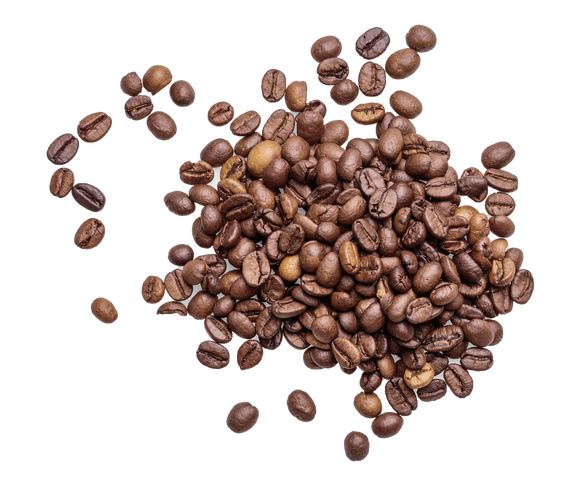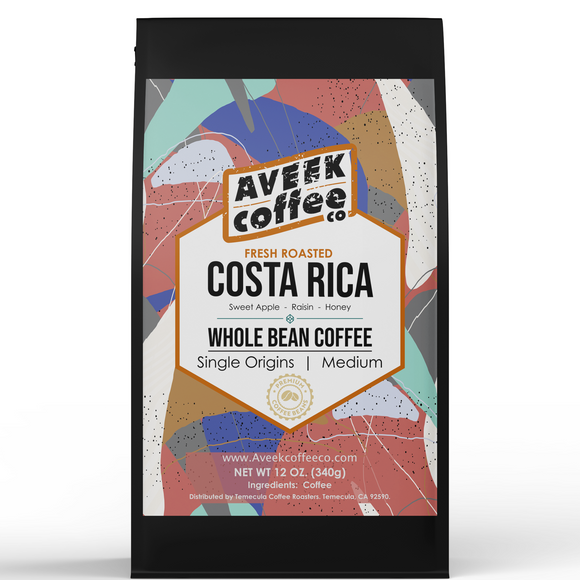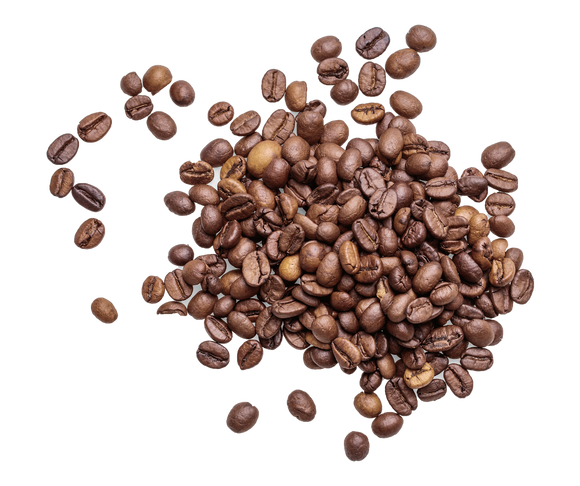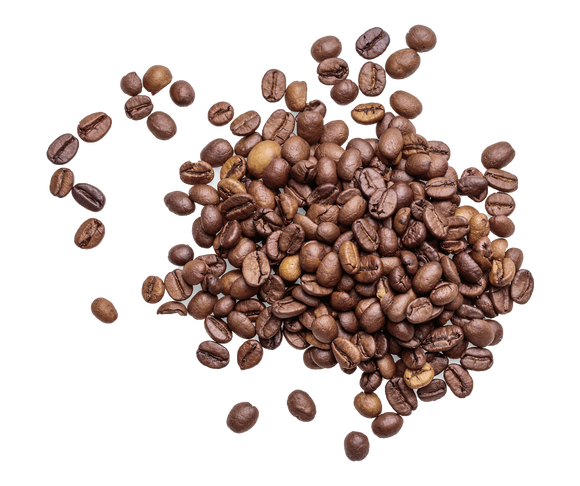
Throughout history, there have been many geniuses whose inventions have fundamentally changed the world as we know it. Think of Leonardo da Vinci and his drawings, Thomas Edison and his light bulb, or Steve Jobs and his iPhone. This list compiles a selection of some of the most brilliant inventors from across all fields; from artists to engineers, mathematicians to chemists, and philosophers to carpenters. Each of these men – and in one case, women – has made an incredible contribution to our world in their respective field. Coffee lovers rejoice! The following article introduces you to one of the most influential coffee makers throughout history: Angelo Moriondo.
Who is Angelo Moriondo?
Angelo Moriondo was an Italian coffee roaster and manufacturer who is credited with inventing the first espresso machine. Moriondo worked as the director of the coffee department at Bar Illini in Turin, Italy, where he invented the world’s first commercial espresso machine in 1901. A year later, in 1902, his machine was first exhibited at the Turin Exposition.

Moriondo’s espresso machine was a breakthrough in the world of coffee brewing. Espresso is far stronger than other coffee drinks, like cappuccinos or lattes, which is why it is served in a smaller cup. Moriondo’s invention produced a concentrated espresso that was served in a smaller cup. The machine pumped large amounts of water through finely-ground coffee beans in a cylindrical container, or “coffee pot.” The water was forced through the grounds at high pressure, as high as 80 PSI, producing a concentrated beverage. This new process produced a drink that was 30 to 50 percent thicker than normal coffee. As a result, espresso was served in much smaller cups than regular coffee, making it easier to drink quickly.
A brief history of espresso
The first espresso machines were invented in the 19th century. In 1901, Angelo Moriondo, a coffee roaster at Bar Illini in Turin, Italy, invented the first commercial espresso machine. His machine was a breakthrough in the world of coffee brewing, producing a concentrated espresso that was served in a smaller cup. In 1906, Luigi Bezzerra invented a second, somewhat similar, espresso machine. These early machines were steam-driven and needed to be operated manually. In fact, Moriondo’s machine was so notorious for being difficult to operate that it was nicknamed “The Wild Beast.” In the 1920s, PENDOLIN, a French engineering company, invented the first fully automatic espresso machine. These espresso machines were much easier to operate than steam-driven machines. However, they were too expensive and unwieldy to be used by most people. The espresso machine did not become a common household item until the 1950s, when Gaggia, an Italian engineering company, designed a cheaper yet still fully automatic espresso machine. Gaggia’s espresso machines were wildly successful. From the 1950s up until the present day, espresso machines have been constantly improved, becoming more efficient and user-friendly each decade.










